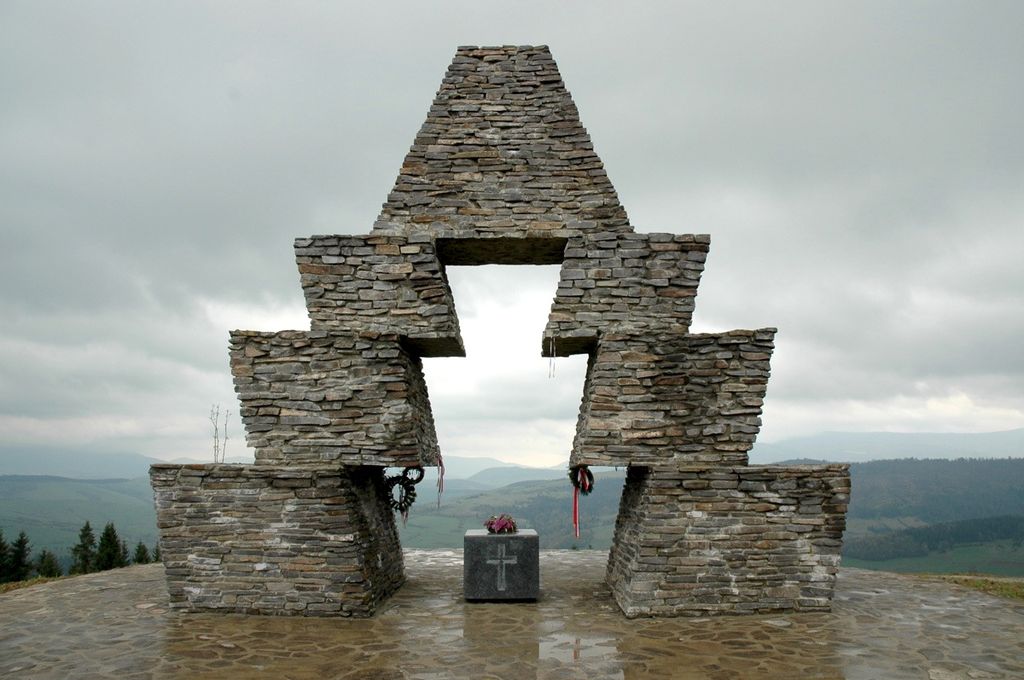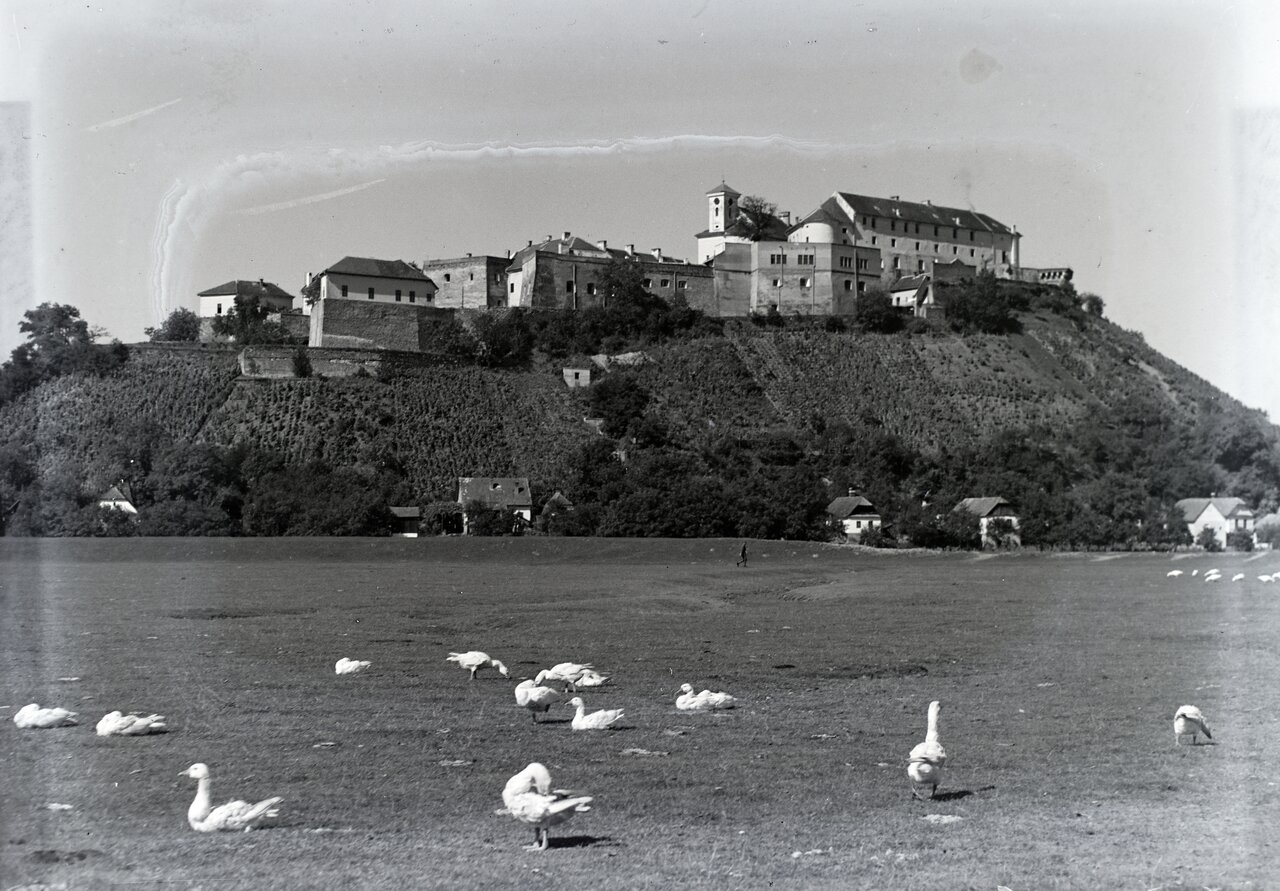Why do 120 thousand Hungarians live in Ukraine?
According to the latest census done in Ukraine in 2001, 151,000 Hungarians lived in the country’s Transcarpathia region. Since then, this number has decreased significantly. A survey done by the Bethlen Gábor Foundation in 2017 found that the number of Hungarians living in Transcarpathia was around 125 thousand. If we add the Romani Hungarians, that number rises to 131 thousand. Five years passed, and living conditions did not improve. Thus, their number probably continued to fall. But why are they still living in Transcarpathia if life proves to be so difficult there? And will they all leave Ukraine because of the Russian invasion?
Transcarpathia, the periphery of an empire
Transcarpathia was a peripheric region of the Kingdom of Hungary throughout the centuries and never existed as an entity until the 20th century. In 895-896, when the Hungarian tribes conquered the Carpathian basin, Prince Árpád led his people on the Verecke Pass. Therefore, Verecke is one of the legendary Hungarian places many songs, rhymes and poems commemorate.
The newly found kingdom’s centre was far from Transcarpathia, and the land there was not exceptionally rich in natural resources. Therefore, the Transcarpathian counties became a periphery. Furthermore, nomads of the steppe plundered it regularly.

The Verecke memorial in Transcarpathia. Photo: Wikipedia
Until the Mongol invasion (1240-1241), Transcarpathia was mostly inhabited by Hungarians. However, the Tatar hordes burned Transcarpathia down and killed everybody. Therefore, the king invited Rusins and Germans to help restart life in Transcarpathia. The rate of Hungarians decreased while the region became more important when Lajos the Great (1342-1382) started to mine salt in the Máramaros mountains.
The only autonomous region
During the Ottoman era, Transcarpathia was part of the Kingdom of Hungary, and later of the Principality of Transylvania. During the Rákóczi fight for independence, all people living there supported Rákóczi, and the region was a nest for the kuruc rebels. In the Habsburg Empire, it became a periphery again since it was far from both Vienna and Pest. Furthermore, it did not produce any valuable goods because the region’s economy was based on agriculture.
After the compromise in 1867, there were several development plans. But neither could be finished because of WWI. After the Great War, the region
became a hot spot since both Romania and Chechoslovakia wanted it.
Furthermore, Transcarpathia was the only region of the old Hungary for which the new Károlyi-government gave autonomy. Thus, there was significant support towards Hungary and not only among the Hungarians who consisted 30% of the population (185,000).
However, the Great Powers decided to give Transcarpathia to Czechoslovakia, marking the start of the calvary of the locals. Between 1920 and 1938, it belonged to Prague, but when Nazi Germany decided to destroy Czechoslovakia, Hungary announced its claim for the territory. In 1938, following the First Vienna Award, only the southern part of it returned to Budapest.
In March 1939, when Hitler marched into Prague, the Hungarian troops seized Transcarpathia.
Interestingly, the new Polish-Hungarian border allowed Hungary to welcome the Polish refugees after Hitler attacked Poland in September 1939.

The fort of Munkács in Transcarpathia in 1939, after Hungary retook it. The bravest woman of Europe defended this fortress for more than two years against the Habsburgs between 1686-1688. Photo: Fortepan / Révay Péter
Citizen of five countries though never moved
In 1944, the Soviet Union took control of it and even though Czechoslovakia wanted Transcarpathia, they did not have a word against the victorious superpower. The Soviets said the Hungarians and Germans were war criminals, so they took 30 thousand Hungarian men (!) into labour camps deep into the Soviet Union. Ten thousand of them never returned.
After the change of the regime, Transcarpathia became part of the new Ukraine. However, there was a referendum during which 78% of the people decided on autonomy.
Despite that decision, Kyiv did not declare the region autonomous.
If a Hungarian reached a high age in the 20th century, he could tell he was a citizen of five different countries even though he never left his home village. They started their life in the Kingdom of Hungary (until 1918-1920), then came Czechoslovakia (1920-1938/9), the Kingdom of Hungary (1938/9 – 1944), the Soviet Union (1944-1991) and Ukraine.
Today thousands of Hungarians flee Ukraine because of the Russian invasion. Most of them come to Hungary, and we only hope that after the war they will return home. Otherwise, the Hungarian community in Transcarpathia will disappear in just decades.

Read alsoLong queues for passports in Hungary, people started to buy foreign currencies
please make a donation here
Hot news
What happened today in Hungary – 26 July, 2024
Drama: number of births in a 20-year low in Hungary
Yay or nay? – 6 odd Hungarian delicacies that make our skin crawl
Budapest tourism “exploded” this past weekend
Container transport in Budapest may stop: How will this affect Hungarian economy?
Minister: Hungary will protect its territory by every means possible




3 Comments
Ukraine just takes. They will never recognize Hungarian land and culture in Ukraine unfortunately. They just steal the history. If the EU was a just organization…well, they will never be.
Another nonsense comment from you. The EU (formed in November 1993) has no remit or legal authority pertaining to the redrawing borders of a previous age, not even ones created in 1921. Taking your feeble argument to its logical conclusion, Calais, Normandy, The Duchy of Aquitaine and Ponthieu should still be under English rule, as well as sizeable chunks of other nations should be given back to Germany. A line under previous borders has to be drawn somewhere otherwise there is a permanent debate such as the one Israel uses for lands that were allegedly theirs thousands of years ago.
The EU has a history of never siding for Hungary. The Versailles, which has been admitted, was not a peace settlement /agreement at all.
There was no need to carve up Hungary or the Kingdom of Hungary. After wwII Stalin grabbed that Hungarian land and gave it to Ukraine, the same that Khrushchev did with Crimea. And your comparison between England and Hungary is nonsense. Hungary is over 1000 years old England is not, nor did it occupy, own or possess Calais, Normandy. Big difference between 300 years rule of Aquitane and 1000 years Hungary. Look at a map sometime or read a history book
The only one “feeble” here, is you with your anti-Hungarian sentiment and racist attitude.